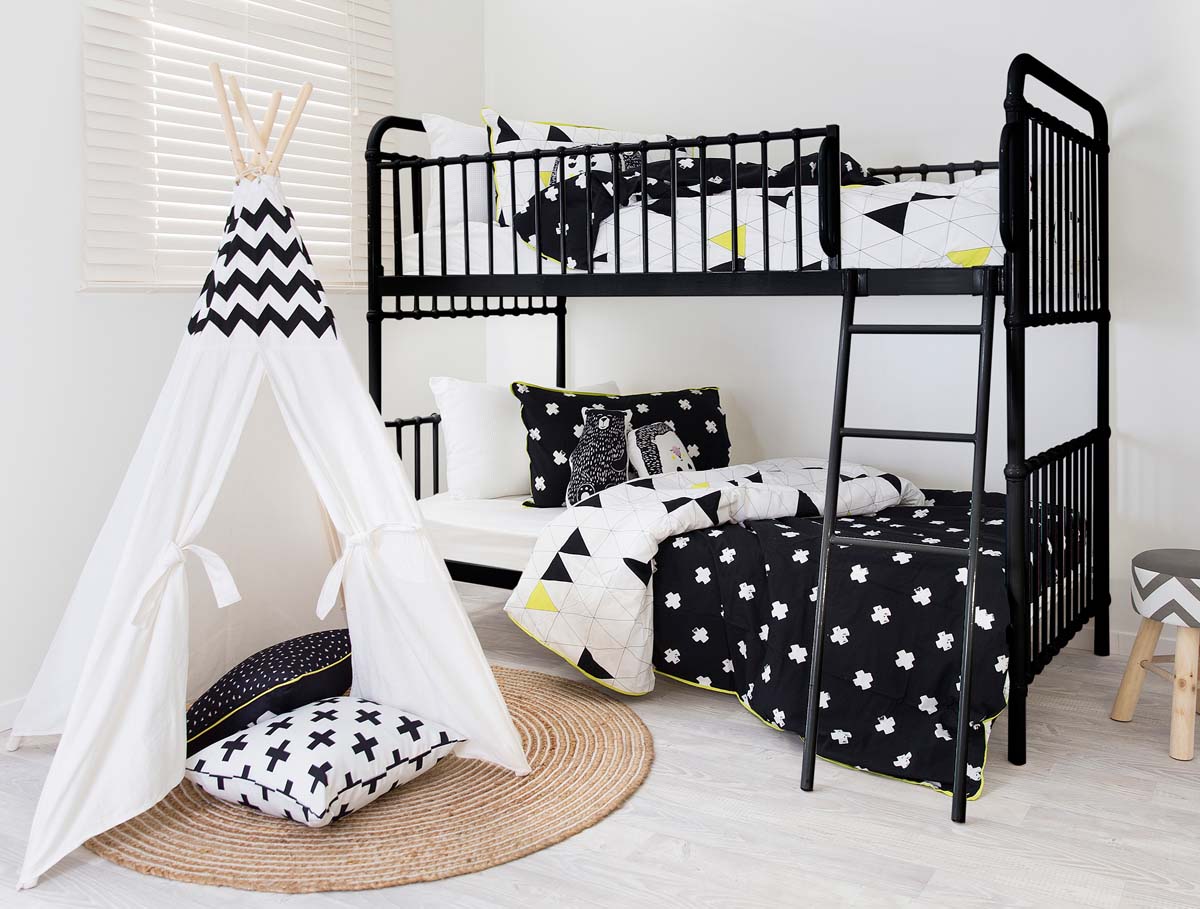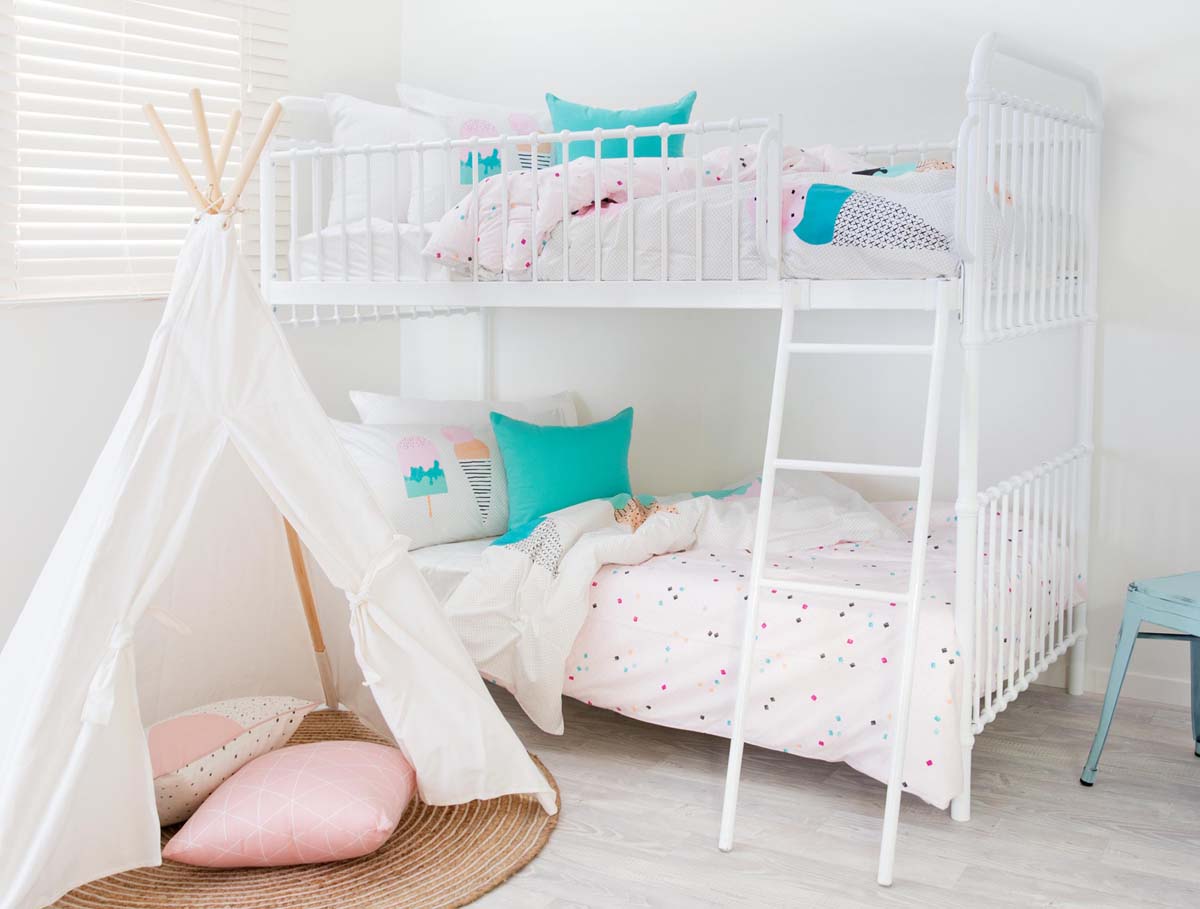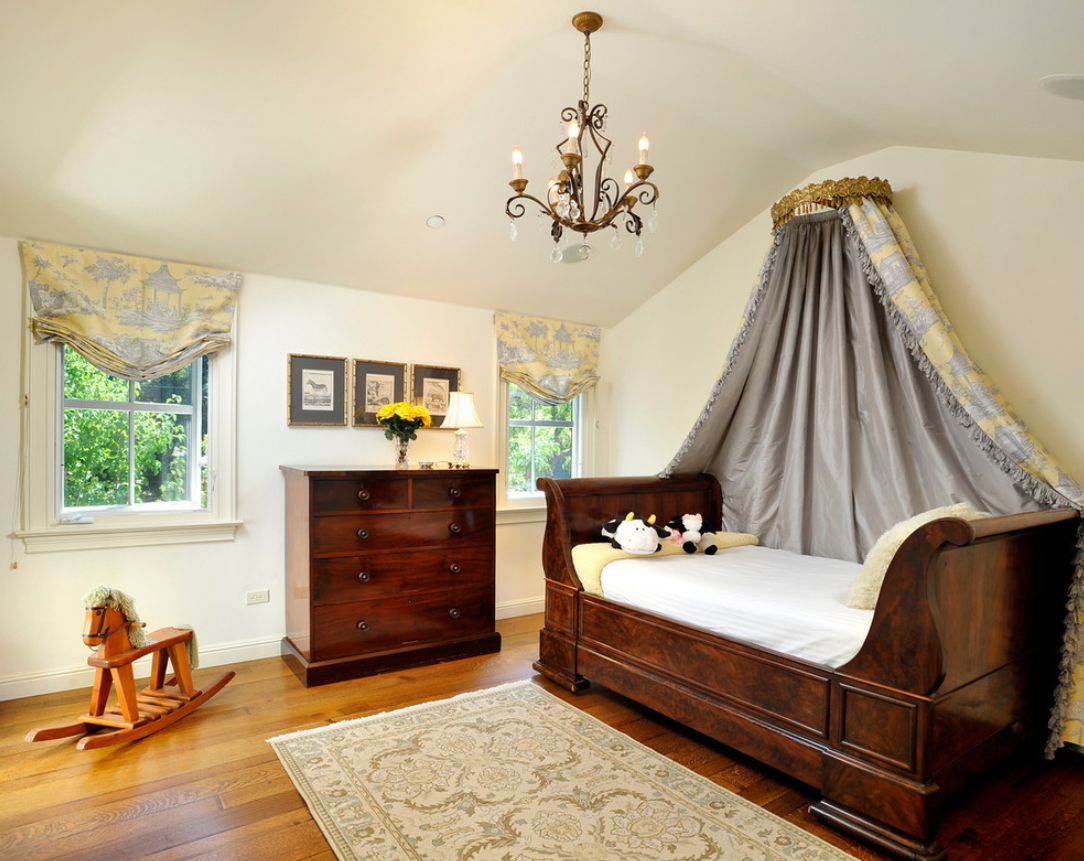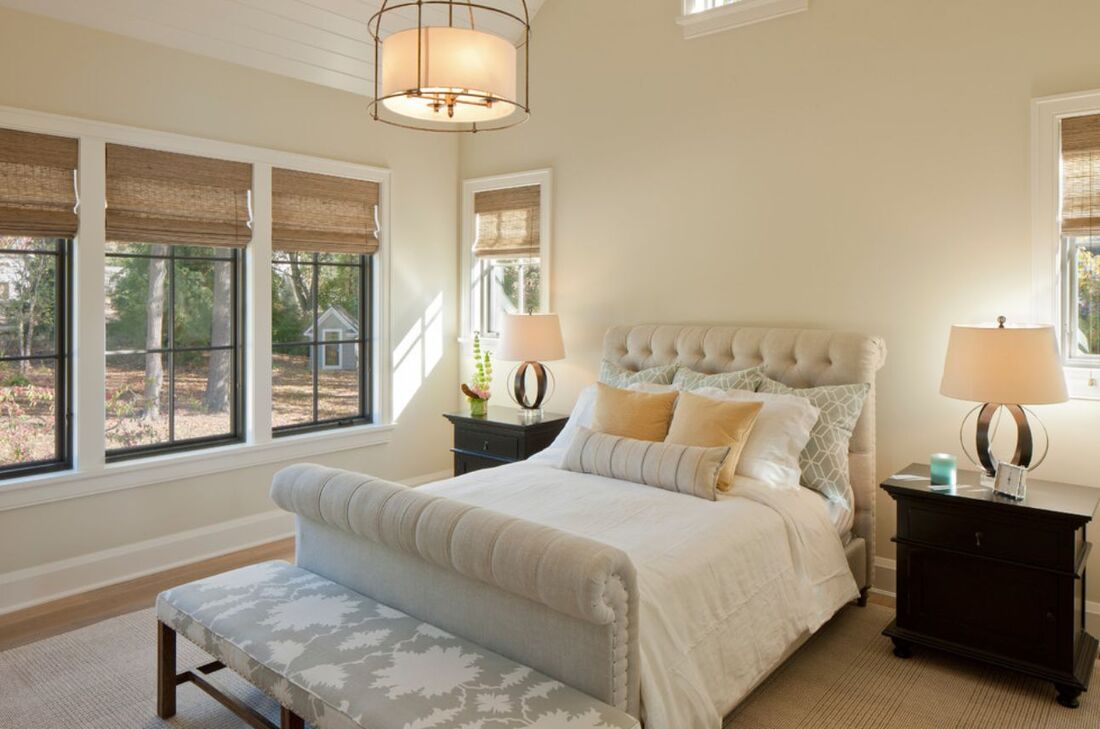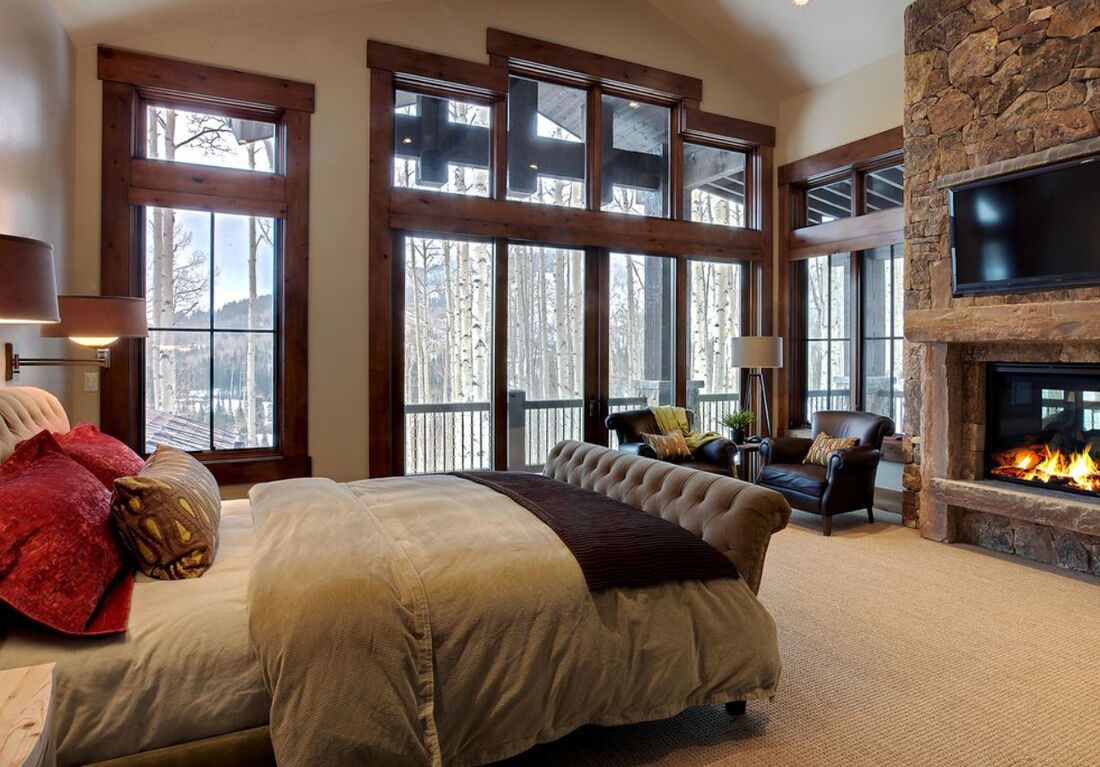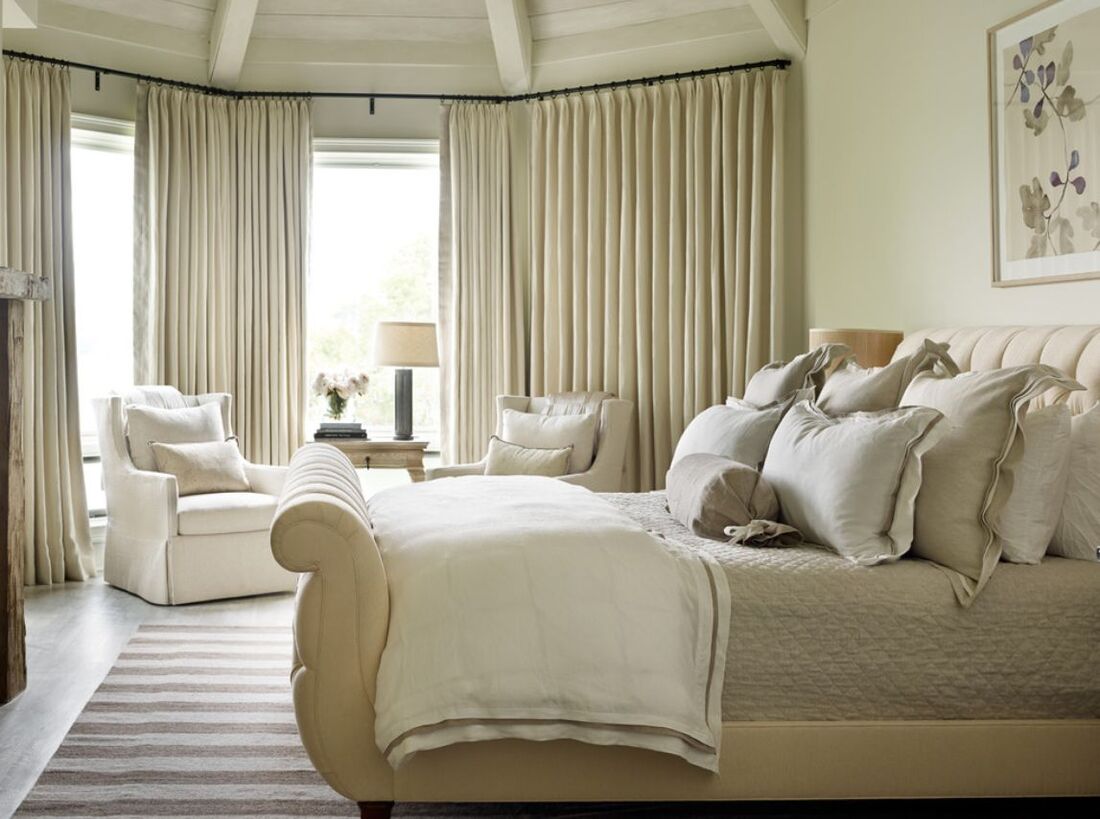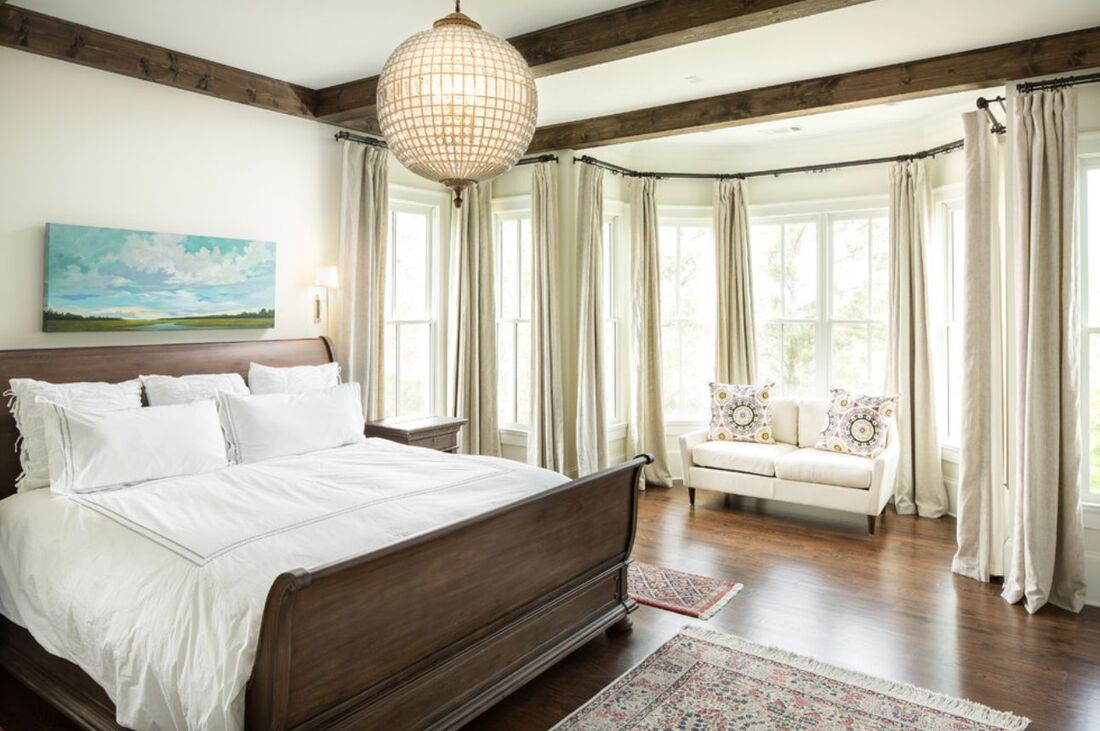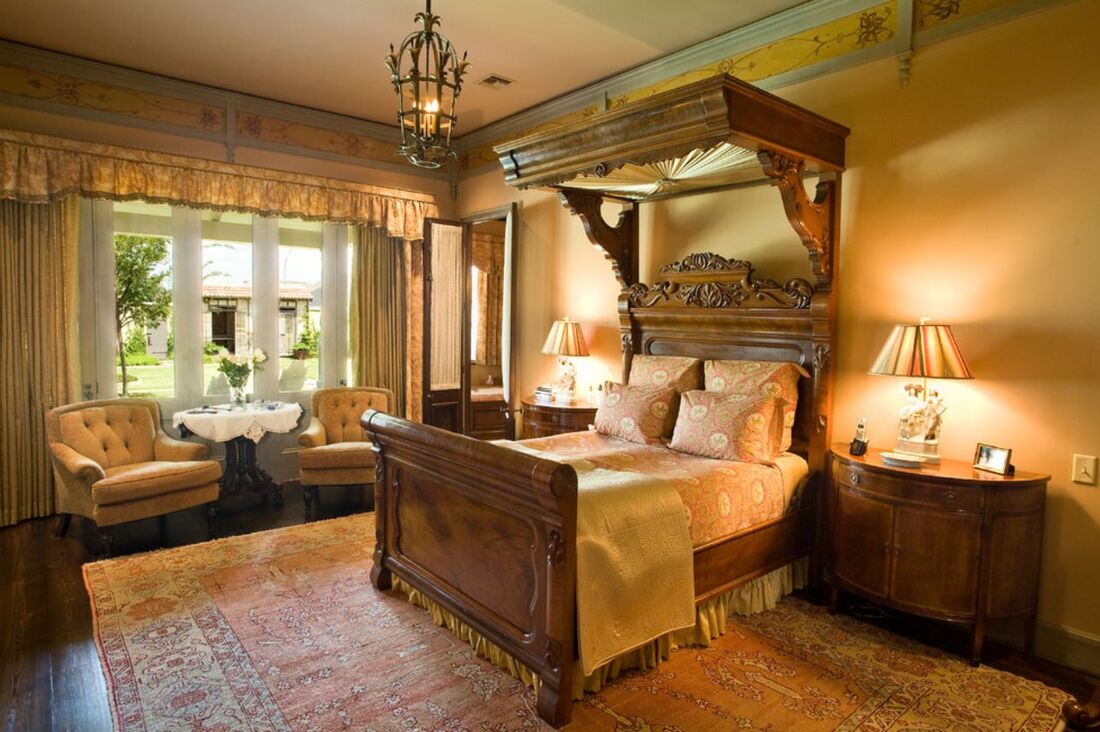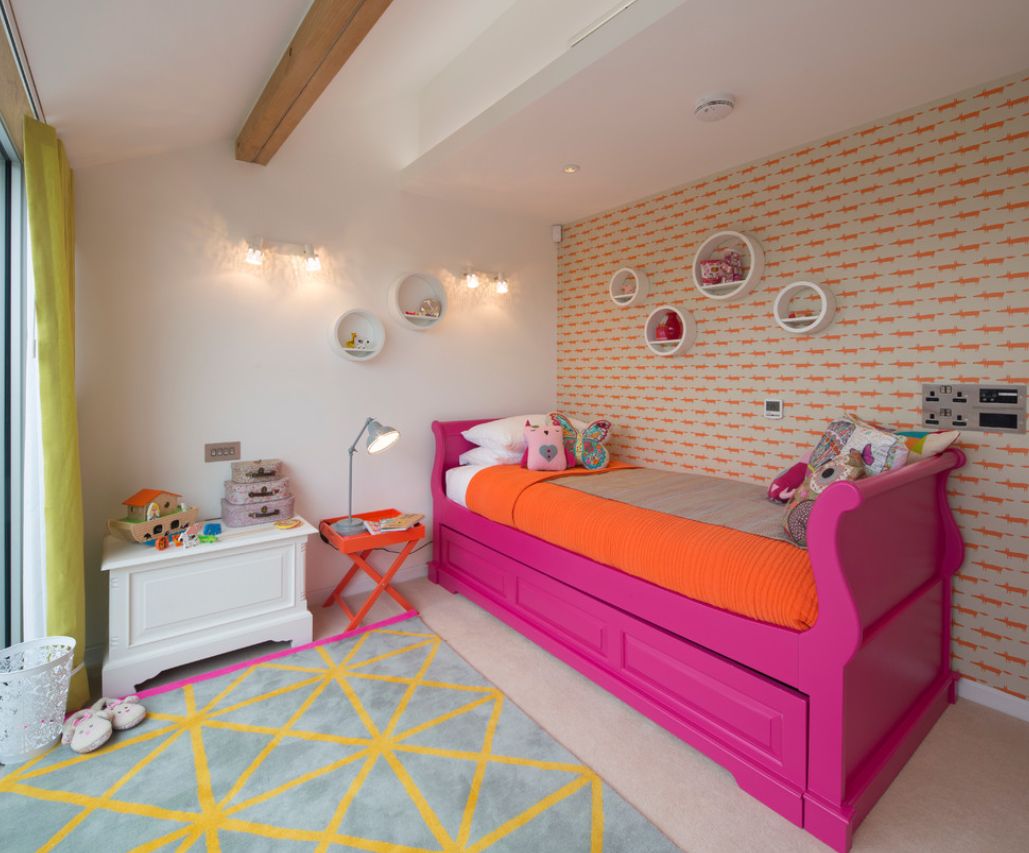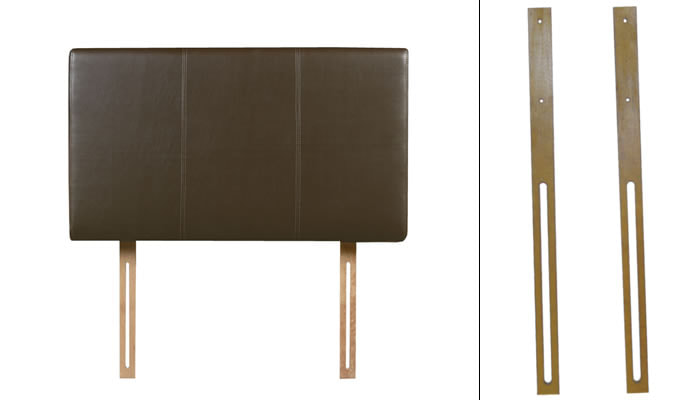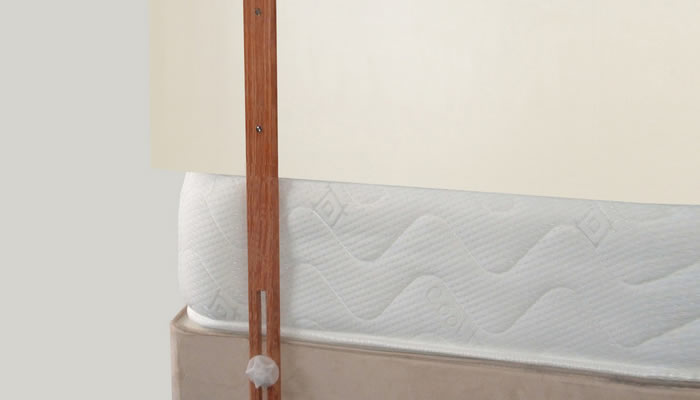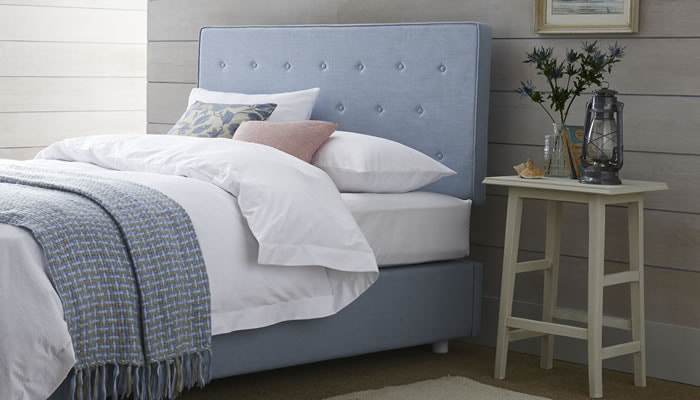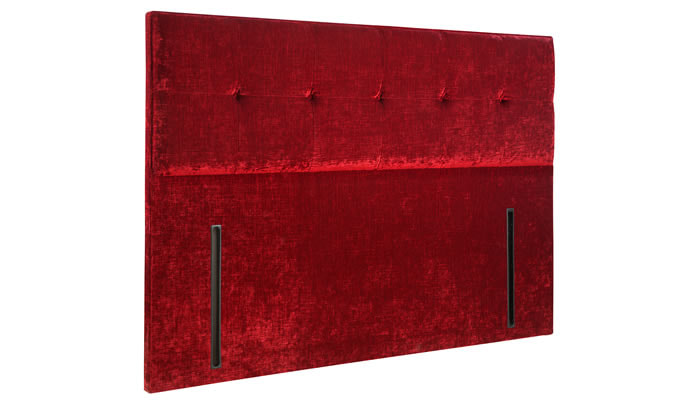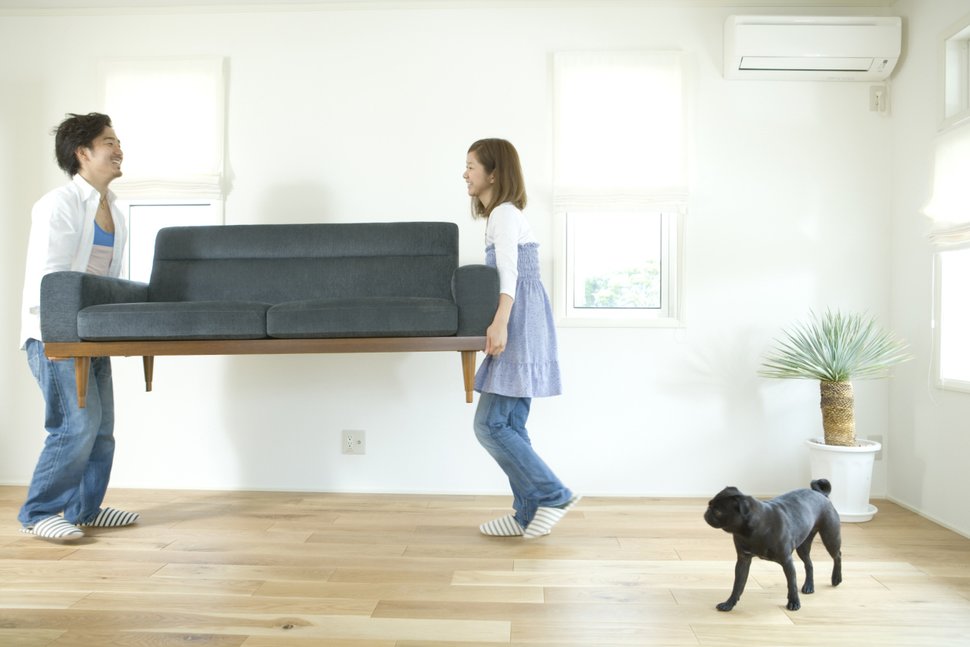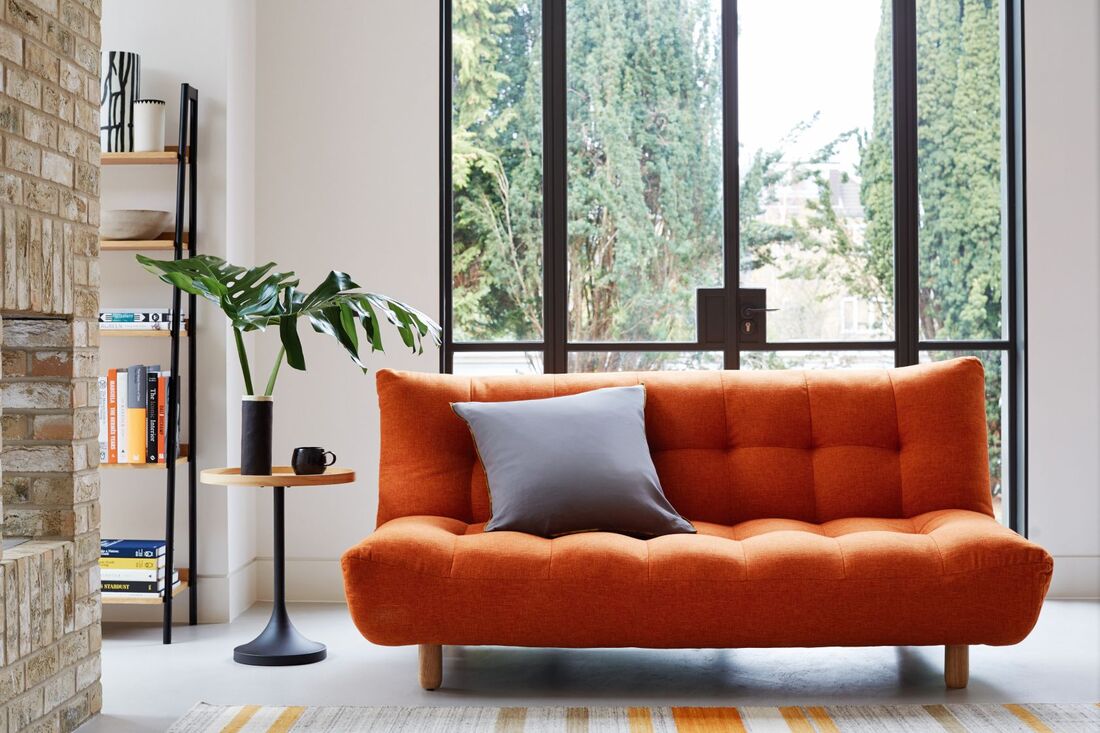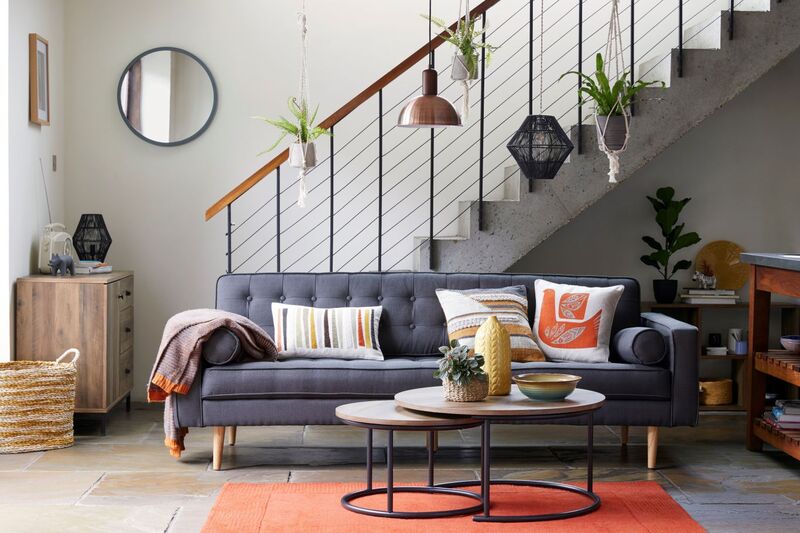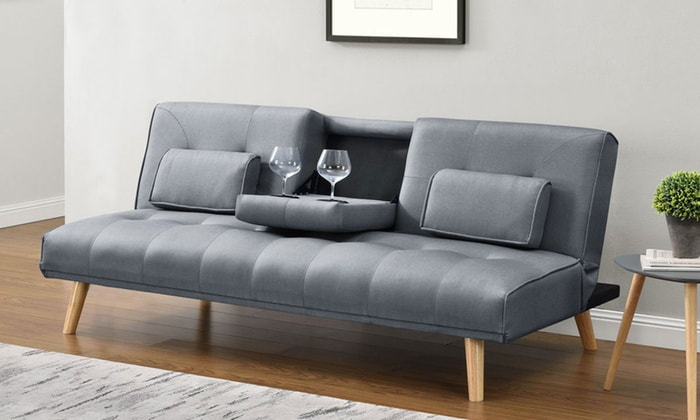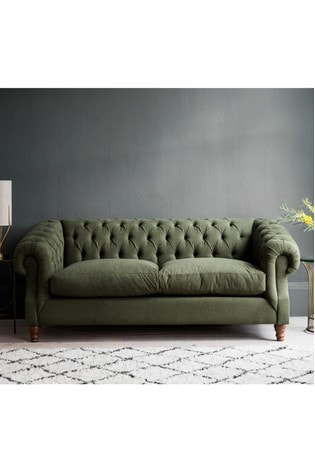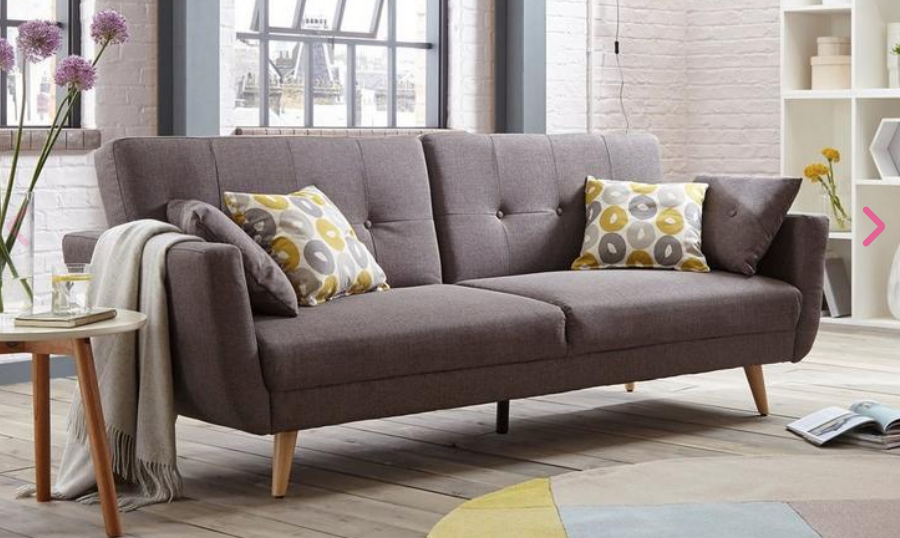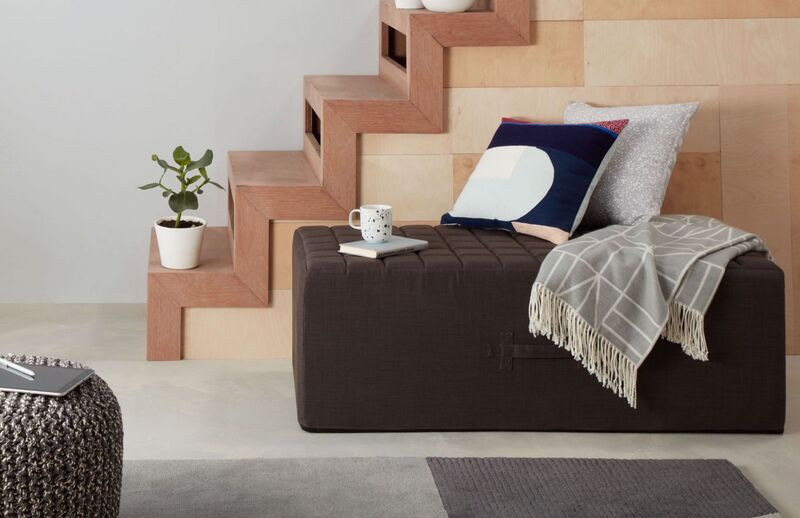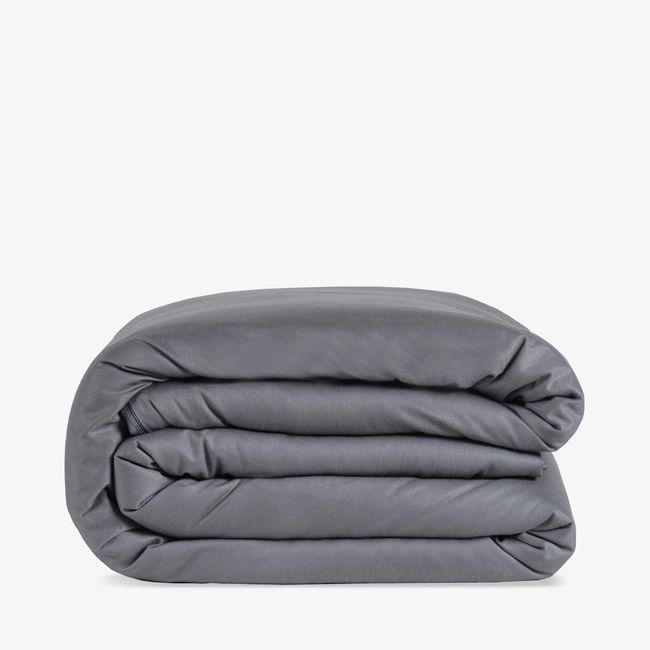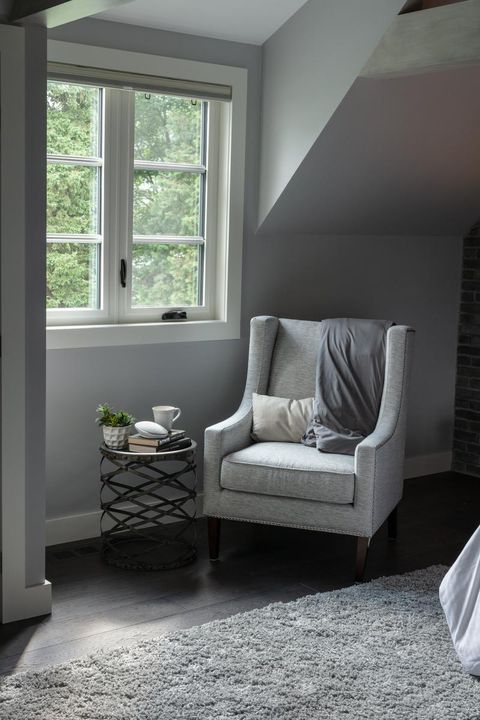|
Futon in Japan is the key source for a good night’s sleep. Futon means mattress or something to lie down on. Ever since the traditional existence of Futon, the Japanese have used them for centuries and benefited from the sleep and health-driven from these firm mattresses. Though, Futon beds have become famous in America and are being used by various people - the thought of futons still brings an image of a futon sofa or a thick mattress that can lie flat on a wooden frame. However, a futon mattress in Japanese life is a firm mattress spread directly on the floor. The Japanese futon set consists of three main components that complete its picture; Shikibuton (a mat), kakebuton (the quilt), and makura (the pillow). Let’s first discuss the parts briefly and then talk about the advantages of using this futon bed. Shikibuton– The start of this word means to lay (Shiki) and when attached with buton or futon, it simply becomes shikbuton. You can complete a shikibuton by adding two mattresses or just a single one. Traditional Japanese futon is a single and standard size futon, but the eastern-western fusion is making thicker futons. Authentic Japanese futons are filled with 100% cotton which keeps them lightweight, easy and comfortable. If the same cotton is added in more quantity to achieve a thicker version then the futon will become heavy. This is not ideal for Japanese lifestyle but since comfort of a mattress is subject, therefore Americans choose the thickness according to their liking. The latest futon come in variety of fillings and costs. Kakebuton- The Japanese quilt or the blanket is cotton filled as well. It is lightweight and provides the feather like feeling during summers and hug like warm feeling during winters. It matches the Japanese form of living and their climate conditions. Makura– Japanese pillow is traditionally smaller in size and stuffed with beans or buckwheat. If you transitioning from the softer kind of pillow to this Japanese pillow then remember that you will need a while to adjust with the difference. Now, let’s get to the advantages and disadvantages of using authentic Japanese futon: Advantages of Futon:
Futons are great for limited space housing and can even be used for attics. Futons do offer deeper sleep and you rest well.
Make sure to buy a good quality futon from a reputable bed shop like Bed King to ensure you’re getting the real deal. Article source: https://gloriousbedrooms.postach.io/post/benefits-of-a-japanese-futon
0 Comments
When you first had your baby, choosing a crib mattress was probably fairly easy, as most of them have a standard size and firmness level. However, by the age of two to three, most children should be moving from their cribs to standard beds with single bed mattresses. Most parents stick to one of three sizes of mattresses: twin, twin XL, full, and full XL but deciding on what type of mattress can be a different story.
Firm or Plush? When you first feel a mattress, it usually feels firm or plush. If the top-cushioning layer is thicker, a mattress is usually considered plusher. This has no bearing on support, and most times, a mattress’ firmness is a personal preference. Go to the mattress store and try several mattresses out. A mattress that feels comfortable for you will most likely suit your child. Firm: Firm mattresses offer a stable, floating feeling. Younger kids transitioning from a crib mattress often enjoy a firmer single bed mattress. Also, kids that sleep on their stomach usually prefer a firm sleeping surface so that they can keep their spine in proper alignment and prevent their back from bowing in too much. Plush: Plush mattresses offer a pillow-top feel that kids can sink into. Older kids typically like the thick cushioning of this comfort level. If your little one is a side-sleeper or likes to sleep on their back, a plush mattress could be for them. What type of support? There are several different types of mattresses and they all use different technologies to support your kid while they sleep. Depending on your child’s needs, a certain mattress type can help them get adequate snooze time. Denver Mattress offers custom fittings, where an experienced professional will figure out which type of mattress will put your kid in neutral spine alignment, relaxing the muscles, and allowing a better night’s rest. Schedule an appointment at your local store to find the best mattress for your little one. Innerspring: This type of long-lasting support is the best value. Using tempered steel that locks in the shape of the coil to increase longevity and comfort, traditional interlaced innersprings are the most widely used and trusted support units in mattresses. Offering in-line body support, these mattresses offer years of durability at an affordable price. Find great hourglass innerspring single mattresses at Bed King. Individual Coil: Sometimes referred to as marshal or pocketed coils, individually wrapped coils are just that – coils that are wrapped inside their own individual pockets. Offering true body conforming comfort and unprecedented motion separation, this support type is one step up from an innerspring mattress. Memory Foam: Known by many brand names, Viscoelastic memory foam is a unique formulation of polyurethane foam that offers amazing body conforming properties. Usually used in the comfort layers of a mattress, memory foam can conform to every curve of the body to give your child a supportive yet comfortable night’s sleep. This type of mattress is also hypoallergenic, resistant to dust mites, fungus, and bacteria, so if your kid struggles with allergies, memory foam is a good option. Latex: Direct from the Hevea Brasiliensis, or rubber tree, latex is one of the most amazing components used in mattresses today. After being formed into a comfort layer using either the Talalay or Dunlop process, latex produces a weightless feel and is one of the most durable comfort layers used in bedding. Article source: https://frontdoor.furniturerow.com/wellness/sleep-guidelines-best-mattresses-kids-age The King of kids’ beds - double bunk beds - has fascinated children from all generations for decades. The adventure it represents to kids always delights and helps make bedtime fun for any little sleeper. If you’re not yet convinced, keep reading for our 8 reasons your kids should sleep in a bunk bed. 1. Spacing Saving |
|

